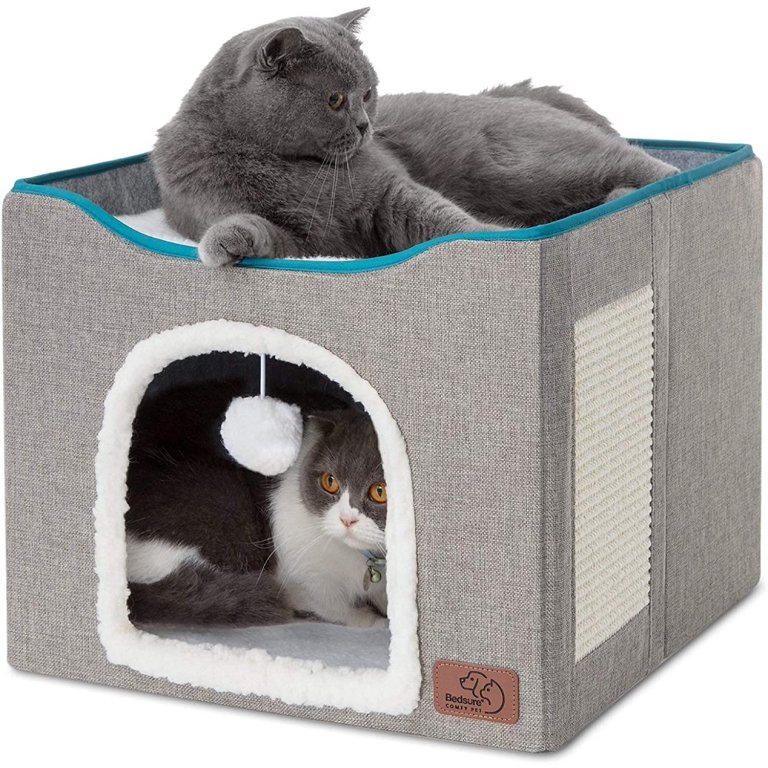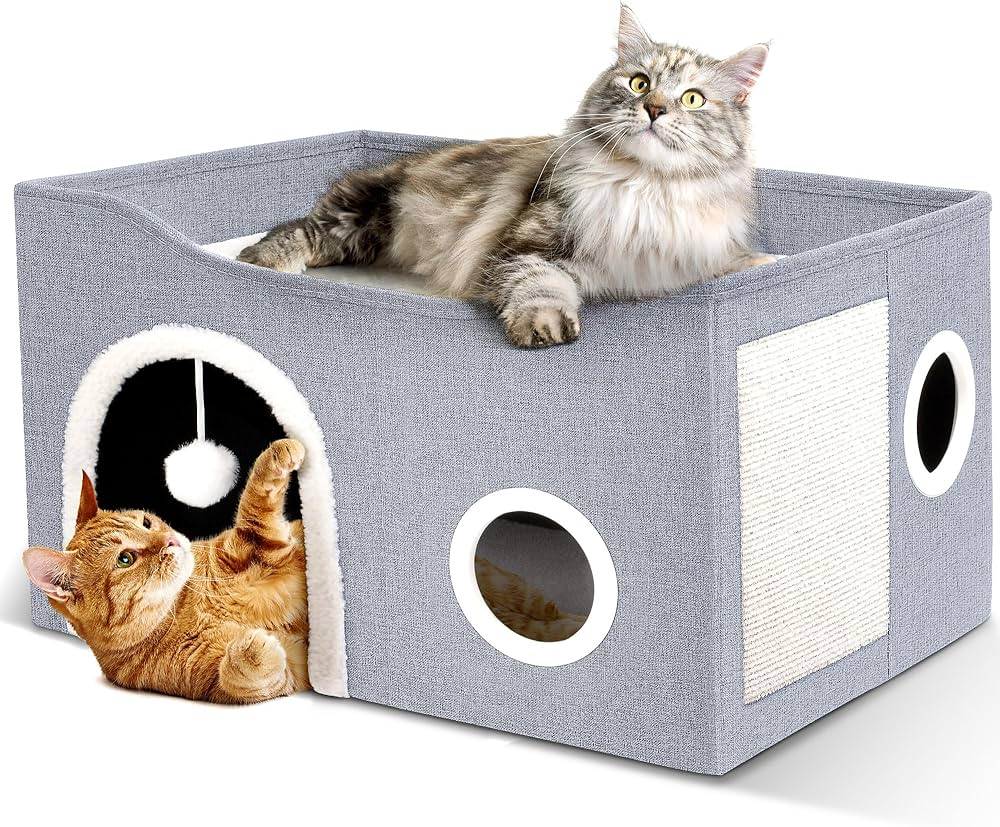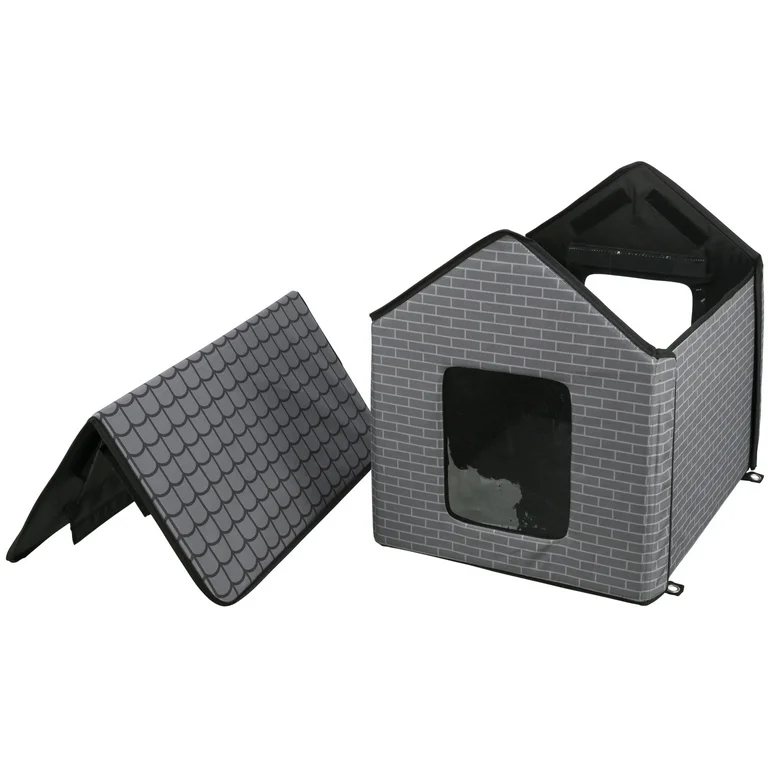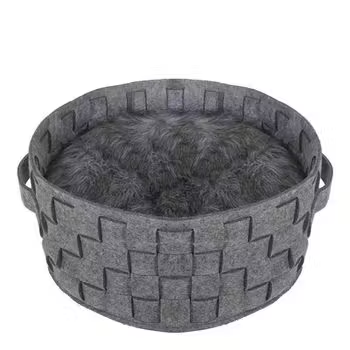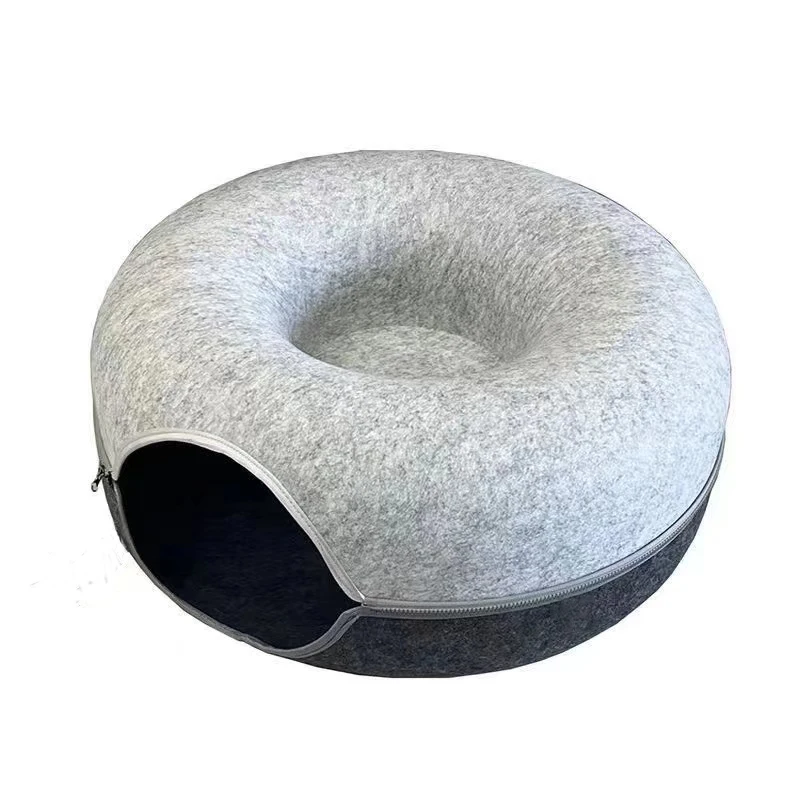Making a fabric cat house is a rewarding project that provides your feline friend with a cozy retreat. This guide will walk you through the process from a supplier’s perspective, ensuring you understand every step.
To make a fabric cat house, gather all necessary materials, cut and sew the fabric, construct the frame, and assemble the house. This process involves careful planning, attention to detail, and quality materials to ensure durability and comfort for your cat.
1 Gather Your Materials
Before you begin, it’s essential to gather all the necessary materials. These include:
Fabric: Choose a sturdy yet comfortable fabric. Canvas or heavy-duty cotton works well. Make sure it’s washable and durable.
Padding: For comfort, you’ll need foam or batting. This will provide a soft resting place for your cat.
Wood or PVC Pipes: These will form the frame of the cat house. Ensure they’re cut to size and sanded to avoid splinters.
Thread and Sewing Supplies: Strong thread is essential for sewing the fabric pieces together. You’ll also need needles, scissors, and a sewing machine.
Velcro or Zippers: These fasteners will allow you to remove and wash the fabric cover easily.
By sourcing high-quality materials, you’ll ensure the cat house is both durable and comfortable.
2 Design Your Cat House
Next, sketch a design of your cat house. Consider the following elements:
Size: Ensure the house is large enough for your cat to move comfortably but not too big.
Shape: Popular shapes include cubes, pyramids, and dome-like structures.
Entrance: The entrance should be wide enough for your cat to enter easily but small enough to make them feel secure.
This planning stage is crucial as it helps you visualize the final product and guides your material cutting.
3 Cut the Fabric
Using your design as a guide, cut the fabric pieces. Typically, you’ll need:
– Four side panels
– One bottom panel
– One top panel (optional, if you want a roof)
Ensure each piece is cut precisely to avoid any fitting issues later. Mark the pieces to keep track of which is which.
4 Sew the Panels Together
Now it’s time to sew the fabric panels together. Start by:
– Sewing the side panels together at the edges. Use strong, even stitches to ensure durability.
– Attach the bottom panel to the sewn side panels.
– If you’re adding a roof, sew it to the top edges of the side panels.
Make sure to leave the entrance open. Reinforce the edges around the entrance for added durability.
5 Construct the Frame
While the fabric cover is crucial for comfort, the frame provides the necessary structure. Assemble the frame using:
Wood: Cut pieces to match the dimensions of your fabric panels. Connect them using screws or wood glue.
PVC Pipes: These can be cut and connected using PVC joints. This option is lightweight and easy to disassemble.
Ensure the frame is sturdy and matches the dimensions of your fabric cover.
6 Add Padding
For the cat’s comfort, add padding to the bottom panel. You can use foam or batting, cut to size. Attach it securely to the fabric using fabric glue or by sewing it into place.
7 Assemble the Cat House
With the frame and fabric cover ready, it’s time to assemble the cat house:
– Slip the fabric cover over the frame. Make sure it fits snugly.
– Secure the cover using Velcro or zippers. This ensures you can remove it easily for washing.
– Place the padded bottom inside the house.
Ensure everything is securely attached and check for any loose threads or sharp edges.
8 Test the Cat House
Before introducing it to your cat, test the house for stability and comfort. Ensure there are no sharp edges or loose parts. Give it a gentle shake to check the sturdiness of the frame.
9 Introduce Your Cat to Their New Home
Place the cat house in a quiet, comfortable spot. Encourage your cat to explore it by placing their favorite toys or a bit of catnip inside. Be patient, as it might take some time for your cat to get used to their new space.
10 Maintain the Cat House
Regular maintenance ensures the cat house remains a comfortable haven for your feline friend. Wash the fabric cover regularly and check the frame for any signs of wear. Replace any worn-out parts promptly to maintain the house’s integrity.
Making a fabric cat house from a supplier’s perspective involves meticulous planning, high-quality materials, and careful construction. By following these steps, you can create a durable, comfortable, and stylish retreat for your cat. Happy crafting!

